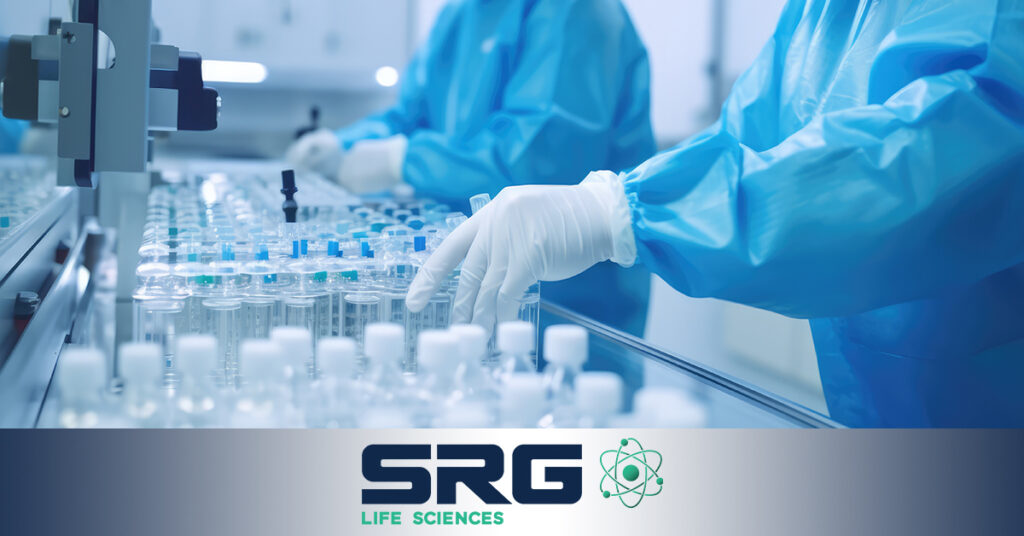Reference labs play a critical role in the healthcare industry, and they’re often quick to adopt cutting-edge solutions designed to improve accuracy and enhance efficiency. Today, new developments are revolutionizing how reference labs operate. Laboratory automation is fundamentally altering the world of diagnostics, as well as changing how the careers of life science professionals unfold.
By understanding laboratory automation in reference labs, it’s easier for life science professionals to plan for the future of their careers. Here’s an overview of the impact of laboratory automation and what it means for life science workers.
The Rise of Total Laboratory Automation (TLA)
Total laboratory automation (TLA) is a significant leap forward, creating substantial opportunities for productivity enhancement and efficiency gains. With this approach, it’s possible to create a unified technology-forward workflow that keeps manual intervention to an absolute minimum. Plus, it often offers greater accuracy than traditional methods by increasing precision and minimizing human error.
With all those benefits, it’s no wonder that TLA is rising. Couple that with speed-related improvements – leading to quicker diagnoses and faster treatment decisions – that improve patient care, and speedy adoption of TLA is becoming an even bigger priority in the industry.
Through TLA, operating around the clock is even possible. As a result, it can allow reference labs to provide services 24/7 while minimizing the need for additional manpower.
Analyzing Workforce Productivity
TLA is a boon when it comes to workforce productivity in reference labs. The employees are actively supported by automation, allowing them to conduct far more tests in significantly less time. Plus, the automated processes ensure that accuracy remains high, so there’s no sacrificing quality in the name of speed.
There are also side benefits to TLA. Typically, automation is used to take cumbersome and repetitive tasks out of laboratory personnel’s hands while ensuring that critical work is completed correctly. In turn, lab professionals can focus on processes that are too complex to be automated, a shift that can significantly boost engagement and enhance productivity further.
Implications for Clinical Laboratory Staff
While TLA benefits reference labs and laboratory employees, it makes specific career-related adjustments necessary. Clinical laboratory workers need to acquire skills related to harnessing the capabilities of automated systems. Those who do will improve their professional positioning, making it easier for them to advance or secure new opportunities.
A greater emphasis on data analysis is also increasingly essential. Clinical laboratory professionals will spend far more time reviewing data since they’re able to hand repetitive tasks off to automated systems. As a result, building skills that support results interpretation, anomaly detection, and similar areas that allow them to provide valuable insights can improve their careers.
Finally, automation is going to create more room for focusing on quality control and research and development. For professionals looking to take their careers in that direction, that’s a boon, as more opportunities may focus on those aspects of laboratory operations than ever before.
If you’re ready to find your dream reference lab job or another type of life science position, the Staffing Resource Group makes the process simple. Apply Today and SuRGe your career forward.



